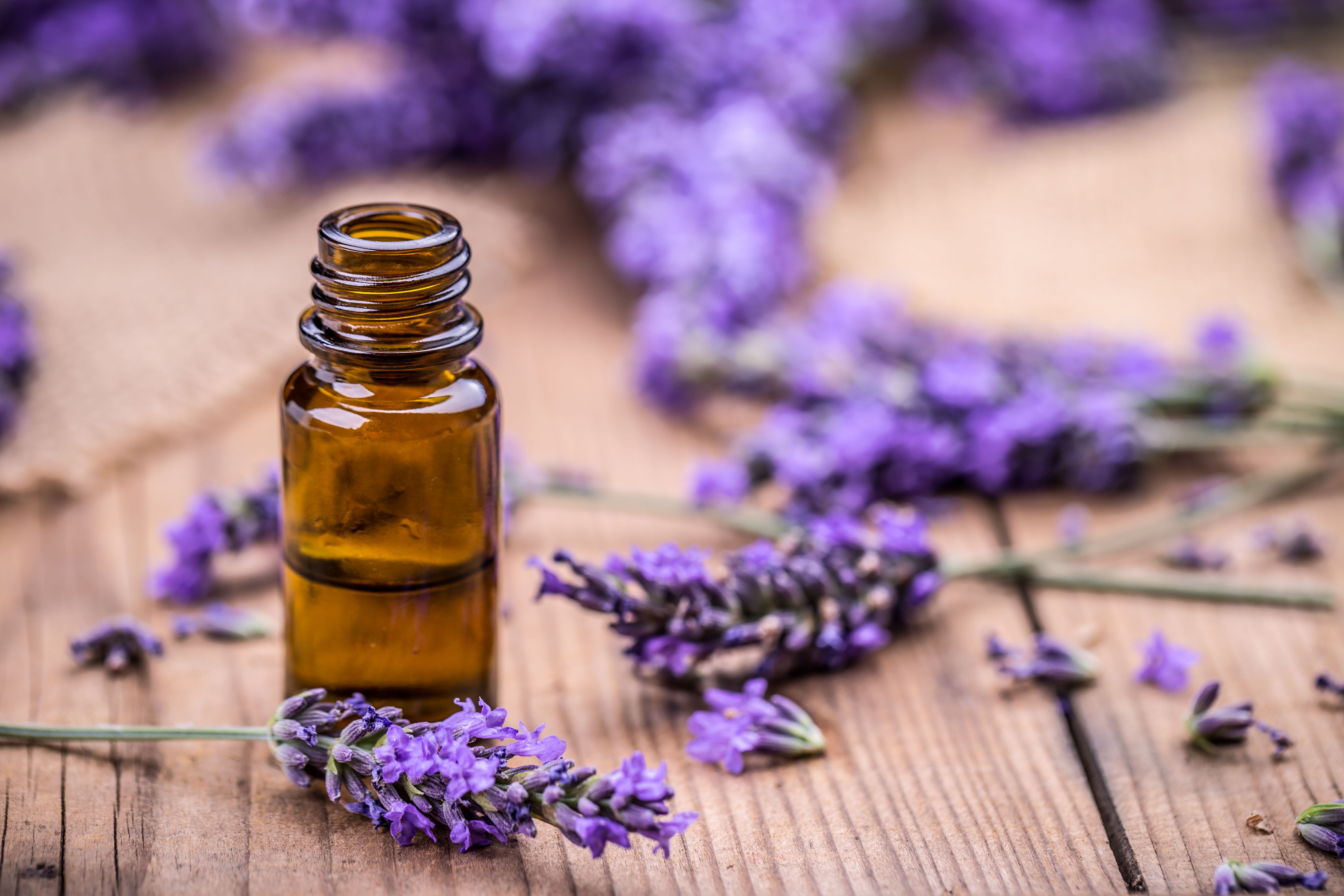- Acne
- Actinic Keratosis
- Aesthetics
- Alopecia
- Atopic Dermatitis
- Buy-and-Bill
- COVID-19
- Case-Based Roundtable
- Chronic Hand Eczema
- Chronic Spontaneous Urticaria
- Drug Watch
- Eczema
- General Dermatology
- Hidradenitis Suppurativa
- Melasma
- NP and PA
- Pediatric Dermatology
- Pigmentary Disorders
- Practice Management
- Precision Medicine and Biologics
- Prurigo Nodularis
- Psoriasis
- Psoriatic Arthritis
- Rare Disease
- Rosacea
- Skin Cancer
- Vitiligo
- Wound Care
News
Article
Exploring the Therapeutic Potential of Lavender Essential Oil in Atopic Dermatitis
Author(s):
Study findings suggest that Lavandula species, with their historical use in folk medicine, could emerge as valuable additions to AD treatment regimens. However, it's crucial to note that the efficacy of these oils is concentration-dependent.
A recent study delved into the potential of Lavandula angustifolia (L. angustifolia) essential oil, a widely distributed essential oil, in the treatment of atopic dermatitis (AD). Investigators took a look at understanding the pathophysiology of AD, how lavender can inhibit AD, and why it can be deemed safe for topical use.
Understanding the Pathophysiology of AD
Genetic mutations, environmental factors, and immune dysregulation contribute to the development and exacerbation of AD. Factors such as filaggrin mutations, immunoglobulin E overproduction, and exposure to environmental triggers like air pollutants play crucial roles in AD pathogenesis. Although recent pharmacotherapeutic advances, including drugs like dupilumab (Dupixent) and tralokinumab (Adbry), show promise, investigators in this study wanted to explore how lavender could help suppress itching.
Lavender Essential Oil in Folk Medicine
Lavender essential oil, derived from Lavandula species, has a rich history in folk medicine. L. angustifolia, with its low camphor content and high terpene composition, is traditionally believed to possess anti-inflammatory and wound-healing properties. While lavender oil has been used to alleviate symptoms in an AD model (NC/Nga mice), the scientific basis for its efficacy remained unclear.
The Study: Lavender Essential Oil and AD Inhibition
The study focused on L. angustifolia essential oil and its major components, linalyl acetate and linalool, in inhibiting AD. Using an AD cell model mimicking AD-induced conditions, the researchers explored the impact on AhR activation, a key pathway in AD pathogenesis. L. angustifolia essential oil and linalyl acetate demonstrated a concentration-dependent inhibition of AhR activation, with the former exhibiting a stronger effect.
Mechanism of Action
The study uncovered that L. angustifolia essential oil and linalyl acetate contributed to the degradation of AhR and ARNT proteins, crucial components in the AhR activation pathway. This degradation was not attributed to changes in nuclear translocation or mRNA levels, suggesting a role in promoting the ubiquitin proteasomal system.
Safety Assessment
To evaluate the safety of L. angustifolia essential oil and its components, skin sensitization tests were conducted. The results indicated a low skin sensitization potential, emphasizing their safety for topical use.
Other Results to Note
In this study, the AD inhibitory effects of L. angustifolia essential oil and its major components were investigated using an AD cell model. The essential oil, primarily composed of linalyl acetate (43 wt%) and linalool (32 wt%), exhibited a concentration-dependent inhibitory effect on Atopic Dermatitis (AD), as indicated by a significant reduction in AhR activation. The study utilized a cell line expressing the NanoLuc luciferase reporter gene under the control of an XRE, mimicking AD-induced conditions by incorporating the AhR activator FICZ. Percentage inhibition of AD was calculated based on reporter expression, with both L. angustifolia essential oil and generic lavender oil demonstrating concentration-dependent inhibition. The IC50 values for AD inhibition were determined to be 0.012% for L. angustifolia essential oil and 0.02% for generic lavender oil, highlighting the former's stronger inhibitory effect. Further analysis revealed that linalyl acetate and linalool, the major components of L. angustifolia essential oil, also inhibited AD in a concentration-dependent manner, with linalyl acetate exhibiting greater potency (IC50 of 519 μM) compared to linalool (>1000 μM). The study additionally explored hydrogenated forms of linalool, specifically 6,7-Dihydrolinalool (DHL) and tetrahydrolinalool (THL), both of which demonstrated stronger inhibitory effects than linalool but were not as potent as linalyl acetate.
Conclusion
This comprehensive study provides compelling evidence supporting the AD inhibitory effects of L. angustifolia essential oil, particularly through its major component, linalyl acetate. The findings suggest that Lavandula species, with their historical use in folk medicine, could emerge as valuable additions to AD treatment regimens. However, it's crucial to note that the efficacy of these oils is concentration-dependent, and their use at higher concentrations may not yield desired therapeutic outcomes. Further research and clinical trials are warranted to validate these findings and explore the full therapeutic potential of lavender essential oil in managing AD.
Reference
Sato H, Kato K, Koreishi M, Nakamura Y, Tsujino Y, Satoh A. Aromatic oil from lavender as an atopic dermatitis suppressant. PLoS One. 2024;19(1):e0296408. Published 2024 Jan 5. doi:10.1371/journal.pone.0296408
Newsletter
Like what you’re reading? Subscribe to Dermatology Times for weekly updates on therapies, innovations, and real-world practice tips.













